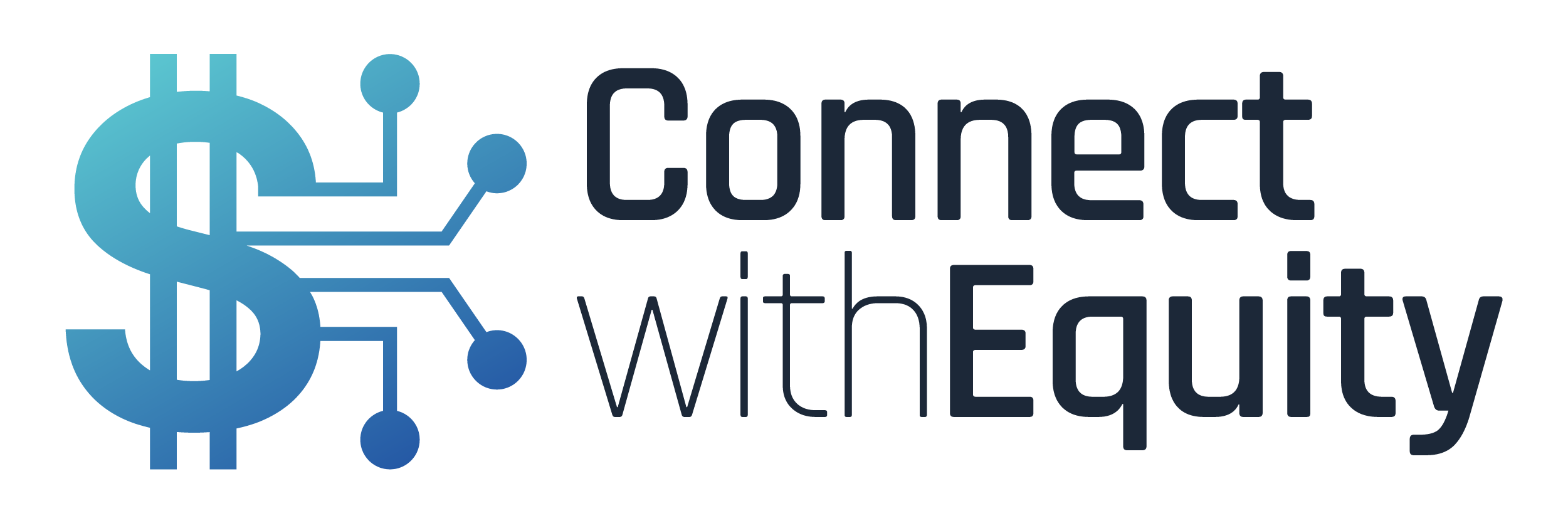
Liz looks through her records for the month and calculates her total sales at $60,000. It’s been a decent month and she’ll break even, but she wants to know what the following month might look like if sales increase by 10 percent. There are five basic steps to the percentage of sales method formula. We’ll go through each step and then walk through an example to see the formula in action. From the above example, you can see that sales expenses have a higher percentage of sales than do administrative expenses. For example, if you want to calculate the percentage of how many days it rained in a month, you would use the number of days in that month as the total amount.
- When an item is sold, it is given a cost equal to its assigned percentage multiplied by the total net sales for that period.
- If he decides to issue shares to raise the money, then common shares would increase by $625.
- The percentage-of-net-sales method determines the amount of uncollectible accounts expense by analyzing the relationship between net credit sales and the prior year’s uncollectible accounts expense.
- These tools contribute to an accurate forecast needed for an organization’s financial planning.
- For example, if you want to calculate the percentage of how many days it rained in a month, you would use the number of days in that month as the total amount.
Once all of the amounts have been determined, Mr. Weaver can put this information into his forecasted, or pro-forma, income statement and balance sheet. The income statement would show the current year and forecast year amounts for sales, cost of goods sold, net income, dividends, and addition to retained earnings. The balance sheet would show the current year and forecast year amounts for assets as well as liabilities and owner’s equity.
Table of Contents
Leverage the percentage of sales method to get a clear vision of your financial future so you can map strategies that work. As helpful as the percentage of sales method can be for financial projections, it’s not an all-in-one forecasting solution. Using data mined from your CRM — along with more in-depth forecasting methods — can help you make more consistent, accurate forecasts. The first thing you must do to calculate sales percentage is gather data on the sales and business expenses your company or business has. A percentage of sales is a measure of the ratio of the total sales of an individual item to the total sales of all items of a business or division.
- From there, she would determine the forecasted value of the previously referenced accounts.
- And second, it can yield high-quality forecasts for those items that closely correlate with sales.
- If we look at the dataset again, we will find that there are items with different numbers of quantities produced.
- This includes things like accounts payable, accounts receivable, cash, cost of goods sold (COGS), fixed assets, and net income.
- With the percentage of sales method, you can quickly forecast financial changes to your business — including both assets and expenses — based on previous sales history.
This is the amount that the company needs extra financing for the projected accounting period. Expenses are the following elements in the financial statements that are affected by changes in sales volume. To determine her forecasted sales, she would use the following equation. Once she has the specific accounts percent of sales method formula she wants to keep tabs on, she has to find how they stack up to her overall sales figures. For the sake of example, let’s imagine a hypothetical businessperson, Barbara Bunsen. She operates a specialty cake, army bed, cinnamon roll shop called “Bunsen’s Bundt, Bunk Bed, Bun Bunker” or “B6” for short.
Percentage of Net Sales Method FAQs
The new sales forecast will then be used to determine the forecast for the next period. The percentage of sales method is a good forecasting tool that will help determine the financing needs of a business. It is a forecasting model that estimates various expenses, assets, and liabilities based on sales. It links the financial statements like the balance sheet and income statement to create a pro-forma financial statement that will show the estimation of future numbers. With these calculations, the percent of sales method of financial forecasting can help the business calculate its financing needs by determining its DFN. It helps provide the company with a detailed pro-forma financial statement showcasing the company’s short-term financial requirements.
From there, she would determine the forecasted value of the previously referenced accounts. The method also doesn’t account for step costing — when the cost of a product changes after a customer buys a quantity of that product over a discrete volume point. For instance, if a customer buys a product from a business that has a step cost at 5,000 units, then every unit beyond those first 5,000 comes at a discounted price. Well, one of the more popular, efficient ways to approach the situation would be to employ something known as the percent of sales method. This method is seen as more reliable because it breaks down the probability of BDE by the length of time past-due. There is a lower chance that recent purchases won’t be settled by the credit card companies than purchases over a month out.

Leave a Reply